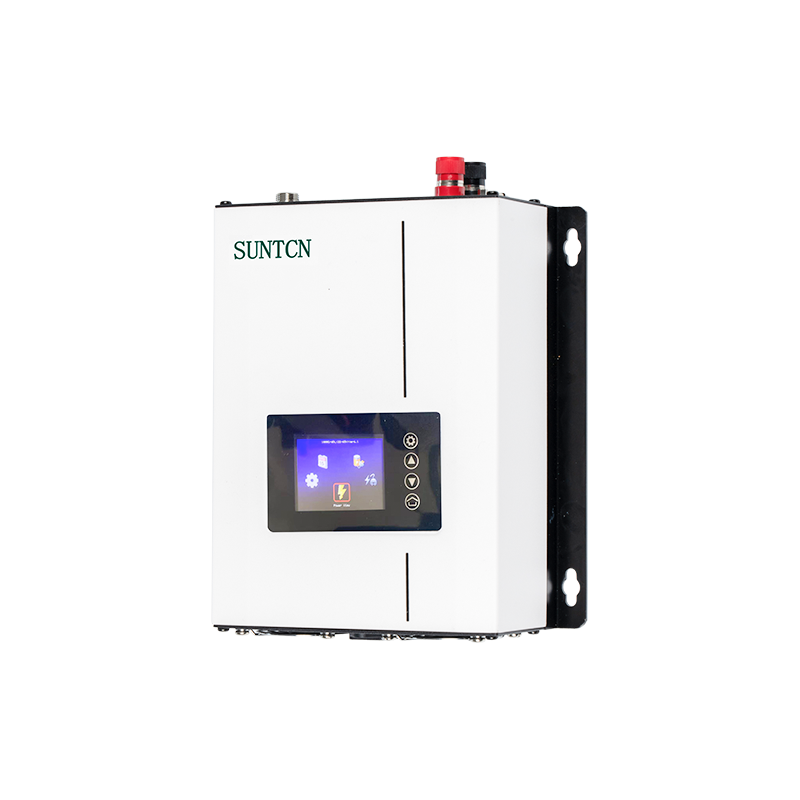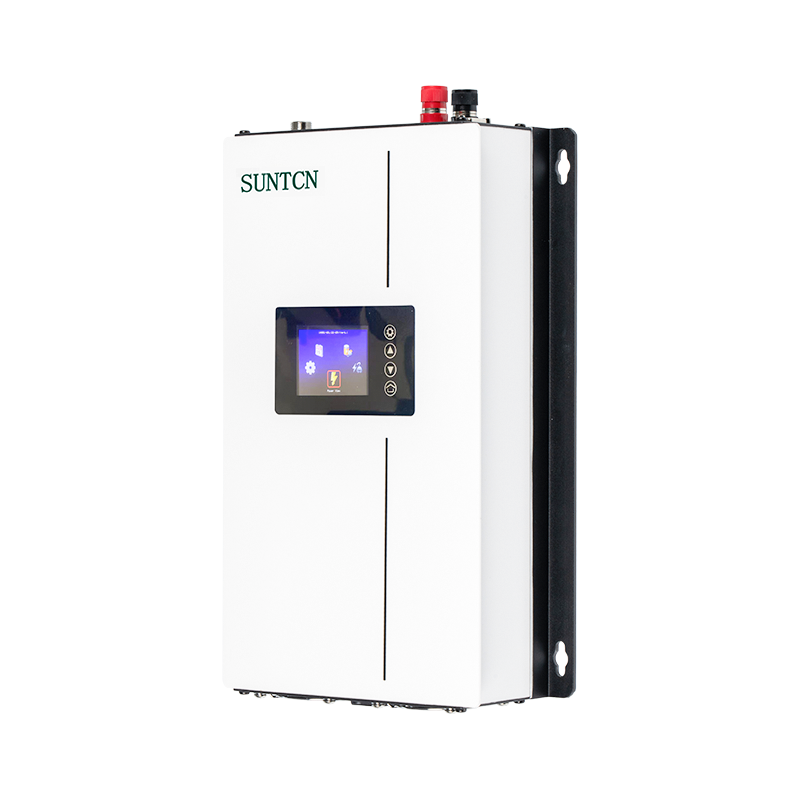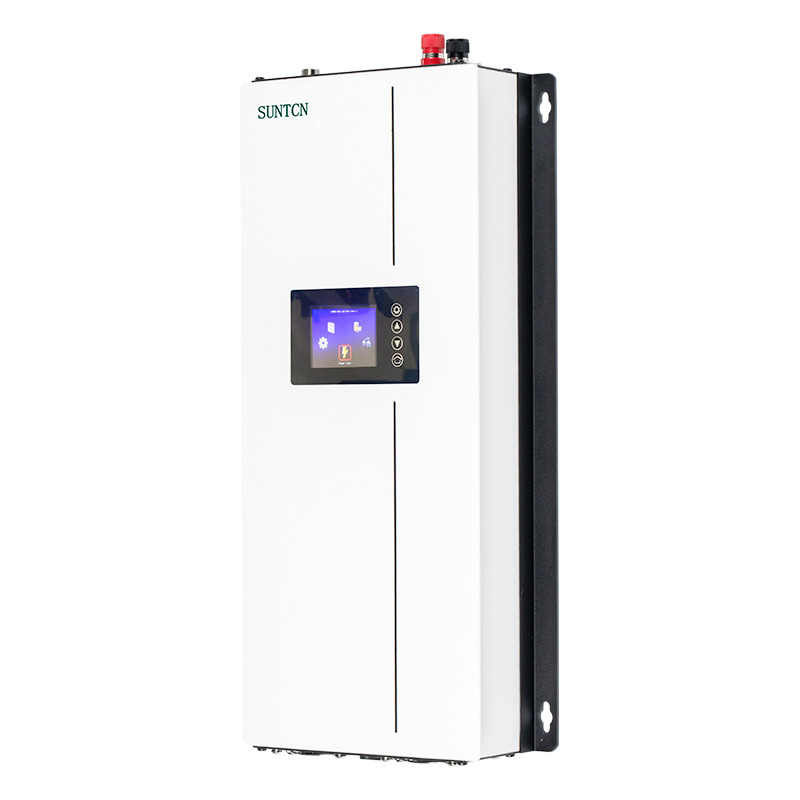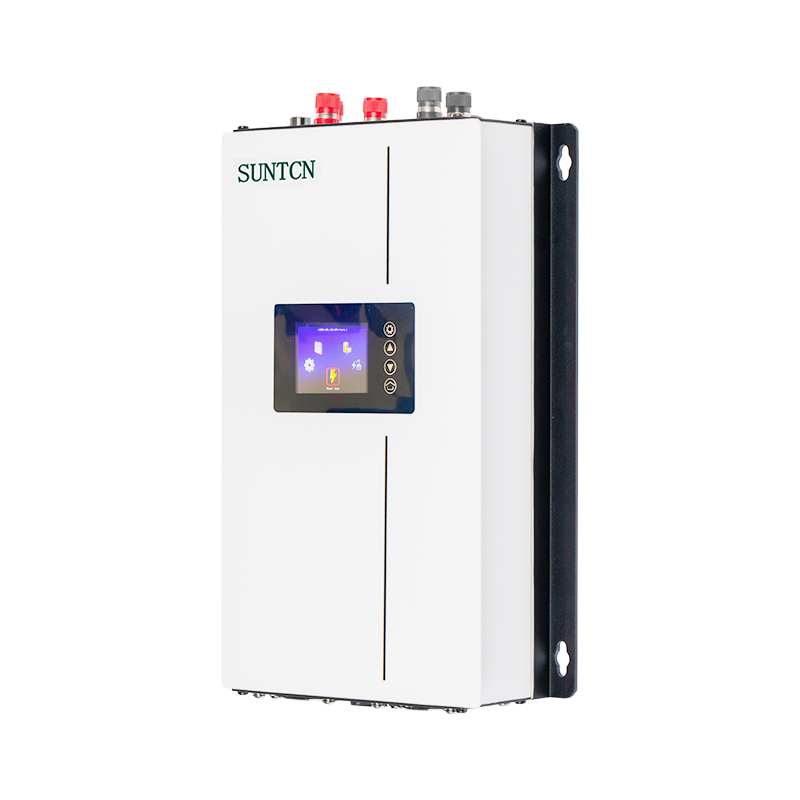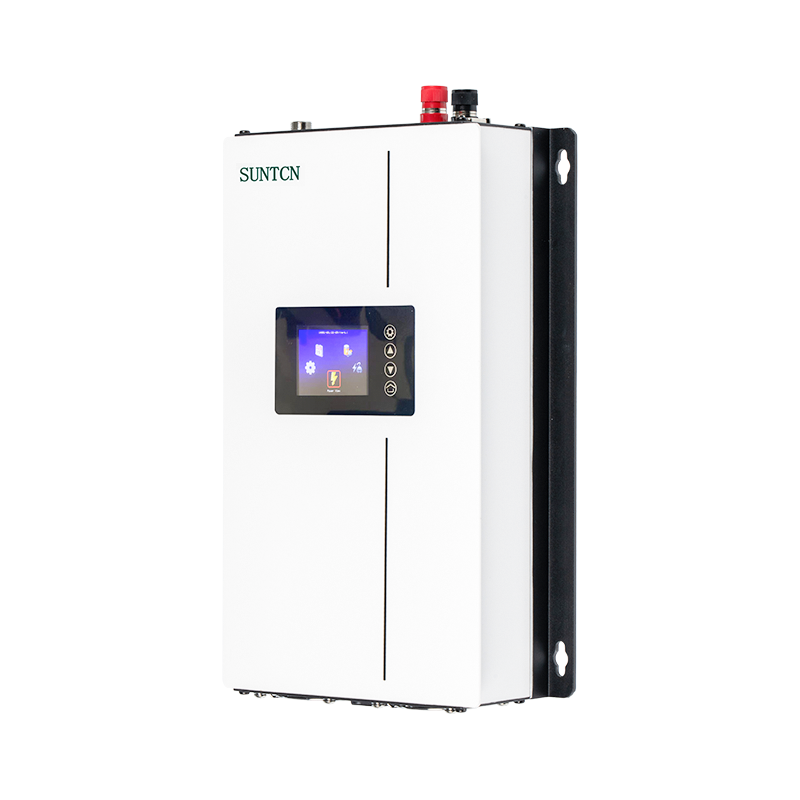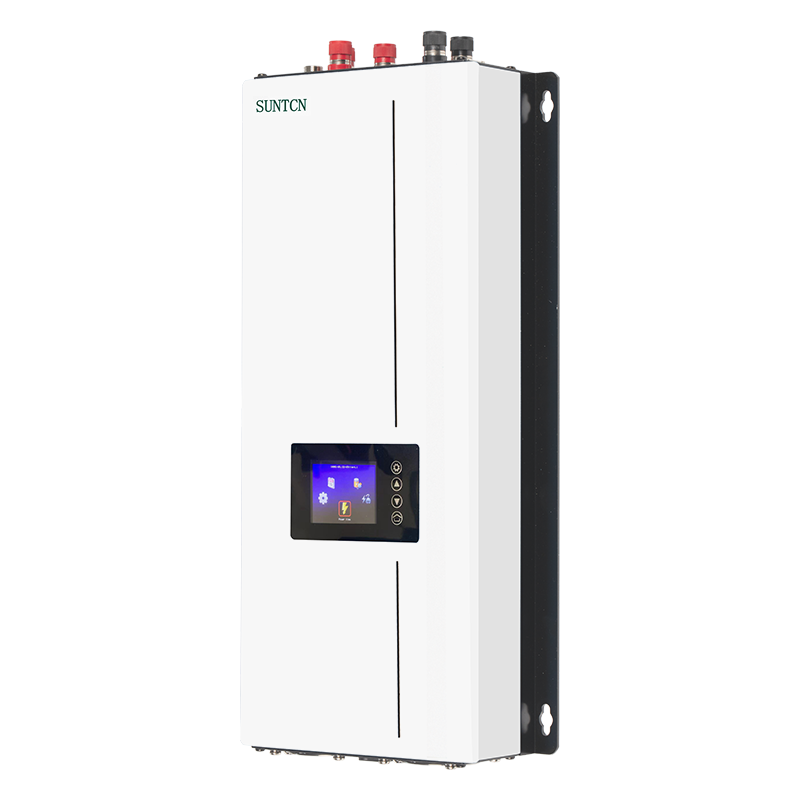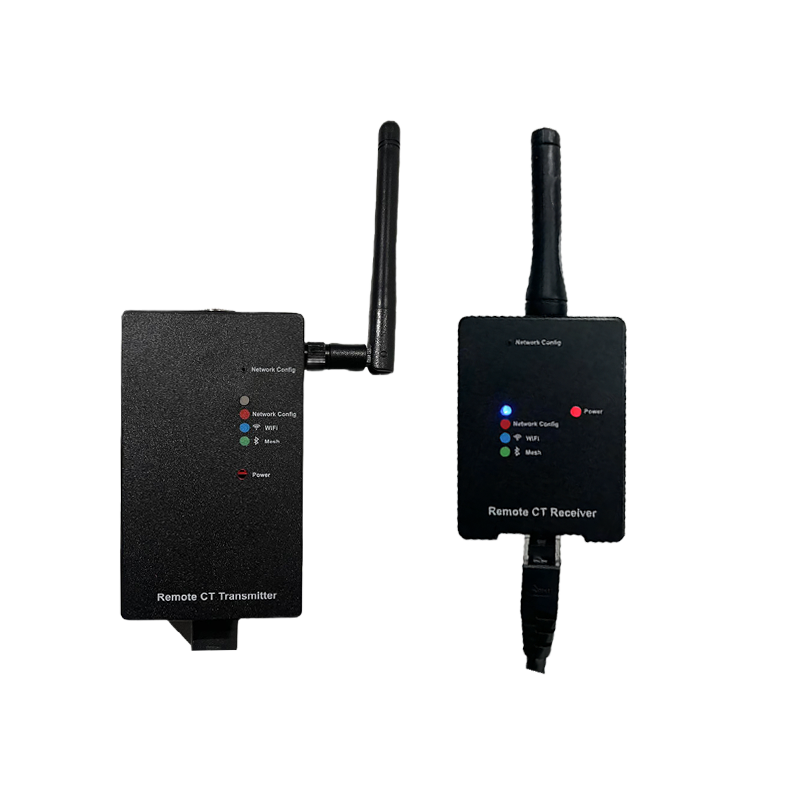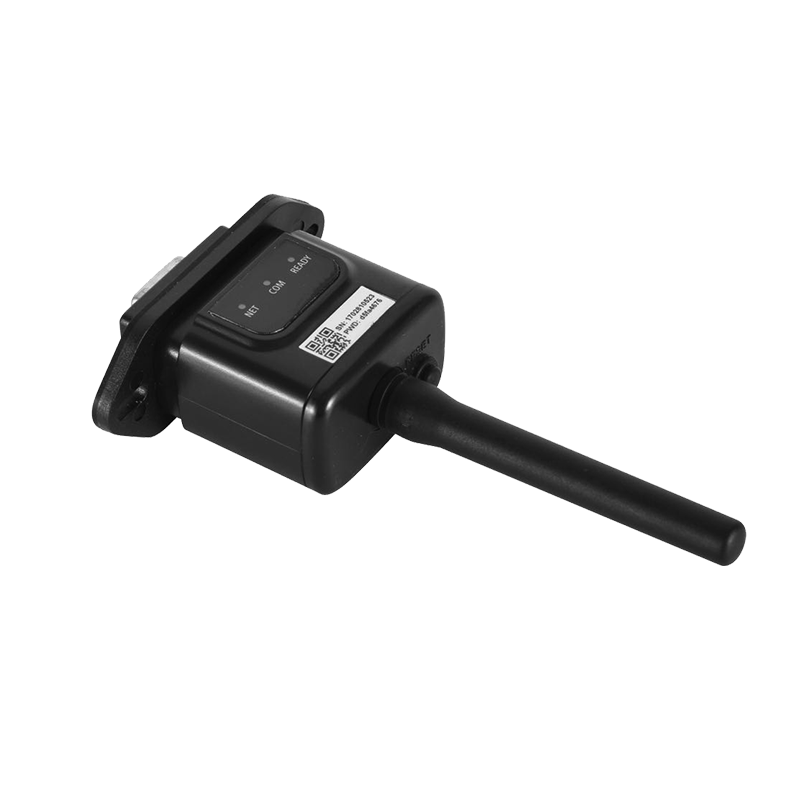Solar energy has become an increasingly popular renewable energy solution for both residential and commercial applications. Among the key components in a solar photovoltaic (PV) system is the grid tie inverter, which converts the direct current (DC) generated by solar panels into alternating current (AC) compatible with the electrical grid. For small-scale systems, such as a 600W solar grid tie inverter, proper maintenance is crucial to ensure efficiency, safety, and longevity. This article explores essential maintenance practices for a 600W solar grid tie inverter, detailing practices, common issues, and tips for operation.
1. Understanding the 600W Solar Grid Tie Inverter
A 600W solar grid tie inverter is designed for small-scale PV installations, such as home solar systems, off-grid cabins, or small commercial setups. It connects solar panels directly to the utility grid, allowing for the immediate consumption of solar energy and, in some cases, exporting excess electricity back to the grid.
1.1 Key Functions
- DC to AC Conversion: Converts the DC output from solar panels into AC power suitable for household appliances and grid usage.
- Maximum Power Point Tracking (MPPT): Optimizes the voltage and current from solar panels to maximize power output.
- Grid Synchronization: Ensures that the AC output aligns with the voltage, frequency, and phase of the utility grid.
- Safety Mechanisms: Provides protections such as anti-islanding, overvoltage, overcurrent, and thermal shutdown.
1.2 Benefits of Proper Maintenance
- Ensures consistent energy production.
- Prevents equipment failure and reduces repair costs.
- Enhances system efficiency and prolongs the inverter’s lifespan.
- Maintains safety compliance for grid connection.
2. Routine Visual Inspection
Regular visual inspections are the simplest and effective way to maintain a 600W solar grid tie inverter. Inspections should ideally be conducted monthly or quarterly, depending on environmental conditions.
2.1 Check for Physical Damage
- Inspect the inverter casing for cracks, dents, or signs of corrosion.
- Ensure that vents and cooling fins are free of dust, debris, or insects.
- Examine cables and connectors for wear, fraying, or loose connections.
2.2 Environmental Conditions
- Verify that the inverter is mounted in a dry, shaded, and ventilated area. Excessive heat, moisture, or direct sunlight can reduce efficiency and cause premature failure.
- Ensure the inverter is protected from water leaks or flooding risks.
2.3 Indicator Lights and Display
- Check the status LEDs or digital display for warnings or error codes.
- Ensure the inverter is operating in normal mode without fault indications.
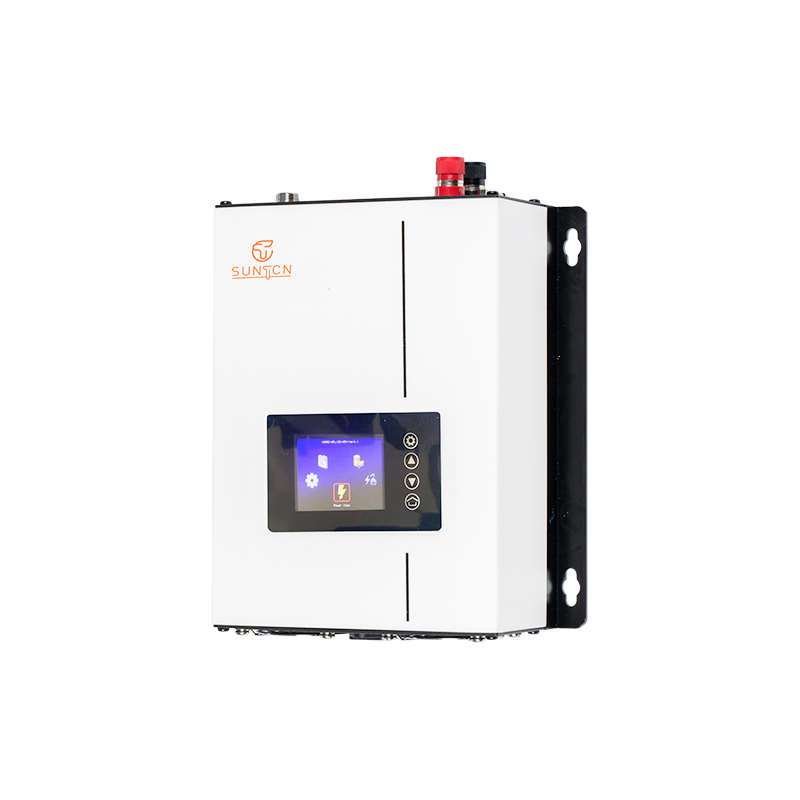
3. Electrical Connections and Wiring
Maintaining secure and proper electrical connections is vital for safe and efficient operation.
3.1 DC Input from Solar Panels
- Ensure all DC connections from the solar array to the inverter are tight and corrosion-free.
- Inspect the MC4 connectors (if used) for secure attachment and weatherproofing.
- Check that the DC cables are properly rated for voltage and current.
3.2 AC Output to the Grid
- Verify that AC wiring is securely connected to the distribution board.
- Ensure grounding is properly implemented according to local electrical codes.
- Inspect for signs of overheating or discoloration at terminals, which may indicate loose connections or high resistance.
4. Cleaning and Dust Control
Dust, dirt, and insects can accumulate on the inverter and reduce performance, particularly if they block ventilation or cause overheating.
4.1 Cleaning Frequency
- Clean the exterior of the inverter every 3–6 months or more often in dusty environments.
- Avoid spraying water directly onto the inverter; use a dry cloth or soft brush.
4.2 Ventilation Maintenance
- Remove dust and debris from air vents to maintain adequate airflow.
- Check for obstructions that may impair cooling efficiency.
4.3 Avoid Chemical Cleaners
- Do not use harsh chemicals or solvents, as these may damage the casing or internal components.
5. Monitoring System Performance
Monitoring is essential for detecting inefficiencies, faults, or potential issues before they become serious problems.
5.1 Energy Output Tracking
- Regularly check the inverter’s daily, weekly, or monthly energy production.
- Compare production data with expected values based on solar panel capacity and local irradiance levels.
5.2 Fault and Error Logs
- Many modern inverters have built-in monitoring interfaces that log errors or unusual events.
- Review logs periodically to detect recurring issues, such as overvoltage, grid disturbances, or internal temperature warnings.
5.3 Remote Monitoring
- If supported, use remote monitoring software or mobile apps to check system performance in real-time.
- Remote alerts can notify you of potential faults, allowing for rapid intervention.
6. Thermal Management
Overheating is one of the most common causes of inverter failure. Ensuring proper thermal management is essential for long-term reliability.
6.1 Ambient Temperature Control
- Ensure the installation location does not exceed the manufacturer’s recommended temperature range.
- Avoid installing the inverter near heat sources, such as ovens or direct sunlight exposure.
6.2 Internal Cooling Systems
- Check the operation of internal fans or heat sinks if applicable.
- Clean any dust or obstructions that may hinder airflow.
6.3 Heat Monitoring
- Monitor the inverter temperature using built-in sensors or thermal imaging if available.
- Investigate unusual temperature spikes promptly.
7. Firmware and Software Updates
Updating the inverter firmware is important to ensure compatibility, efficiency, and access to new features.
7.1 Checking for Updates
- Visit the manufacturer’s website regularly for firmware updates or software patches.
- Use authorized update methods to prevent damage or voiding warranties.
7.2 Backup Settings
- Before updating, record current inverter settings to restore them if needed.
- Perform updates during periods of low solar production to minimize downtime.
7.3 Post-Update Verification
- Confirm the inverter operates normally after firmware installation.
- Verify that MPPT tracking, output voltage, and frequency remain accurate.
8. Troubleshooting Common Issues
Even with proper maintenance, issues can arise. Here are common problems and solutions for a 600W solar grid tie inverter:
8.1 No Power Output
- Possible Causes: Faulty DC input, tripped breaker, inverter in standby mode.
- Solutions: Check DC and AC connections, reset breakers, and verify solar panel output.
8.2 Low or Fluctuating Energy Output
- Possible Causes: Dirty solar panels, shading, faulty MPPT, wiring issues.
- Solutions: Clean panels, inspect wiring, and verify MPPT functionality.
8.3 Overheating
- Possible Causes: Blocked vents, high ambient temperature, excessive load.
- Solutions: Improve ventilation, reduce ambient heat, ensure inverter operates within rated capacity.
8.4 Error Codes on Display
- Possible Causes: Grid voltage or frequency out of range, inverter fault, firmware issue.
- Solutions: Consult the user manual for error codes, reset inverter, update firmware, or contact technical support.
9. Safety Considerations
Maintenance and troubleshooting should always prioritize safety:
- Disconnect the inverter from both AC and DC sources before performing any internal inspection.
- Use insulated tools and wear protective equipment when handling electrical connections.
- Avoid working in wet or damp conditions to prevent electric shock.
- Follow manufacturer guidelines and local electrical codes.
10. Best Practices for Longevity
- Schedule Regular Maintenance: Set reminders for visual inspection, cleaning, and firmware updates.
- Document System Performance: Keep logs of energy production, errors, and maintenance activities.
- Install in Optimal Conditions: Ensure proper ventilation, temperature control, and shade.
- Use Quality Components: Ensure DC and AC cables, connectors, and circuit protection devices meet recommended standards.
- Plan for Redundancy: If the inverter fails, having a backup or quick replacement option minimizes downtime.
11. Conclusion
A 600W solar grid tie inverter is a critical component of a small-scale PV system, enabling the conversion of solar energy into usable AC power while synchronizing with the electrical grid. Proper maintenance practices—including routine inspections, cleaning, electrical checks, monitoring, thermal management, and firmware updates—are essential for maintaining efficiency, safety, and longevity.
By implementing these practices, users can reduce the risk of inverter failure, optimize energy output, and extend the life of their solar investment. Troubleshooting common issues, understanding error codes, and following manufacturer guidelines ensure that the 600W solar grid tie inverter operates reliably throughout its lifespan.
Ultimately, proactive maintenance and timely troubleshooting not only protect the inverter but also maximize the benefits of solar energy for homes, small businesses, and off-grid applications. With careful attention and proper care, a 600W solar grid tie inverter can provide years of reliable, efficient, and safe solar power.

 English
English Español
Español Deutsch
Deutsch